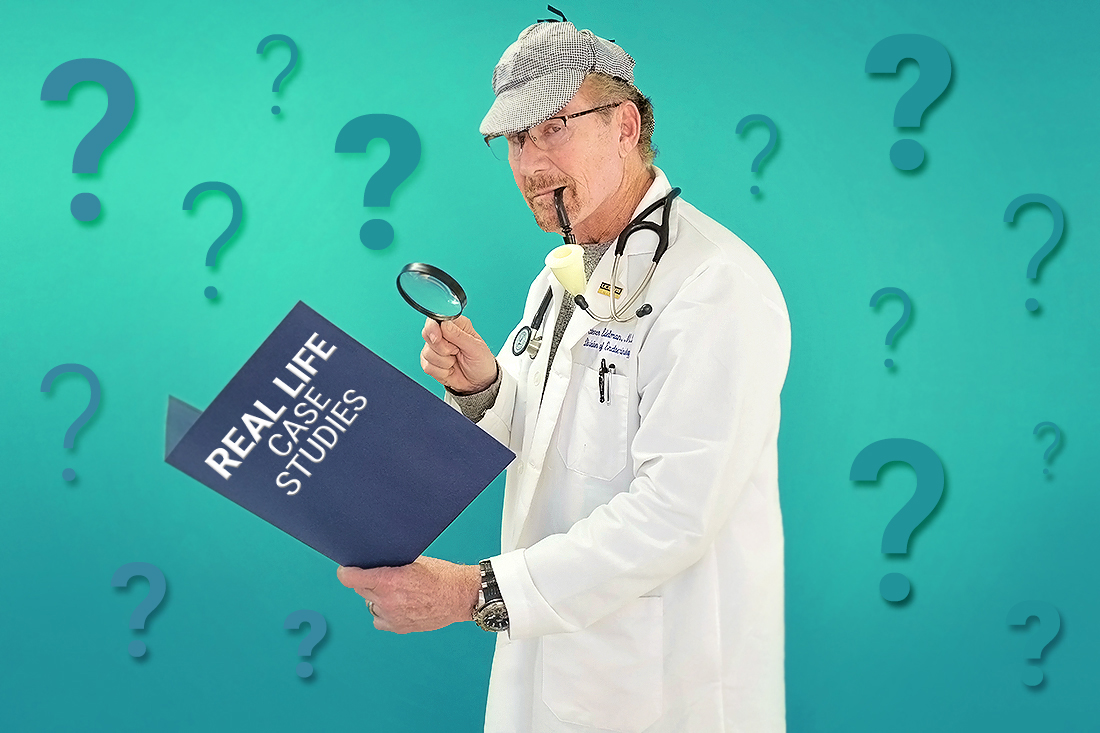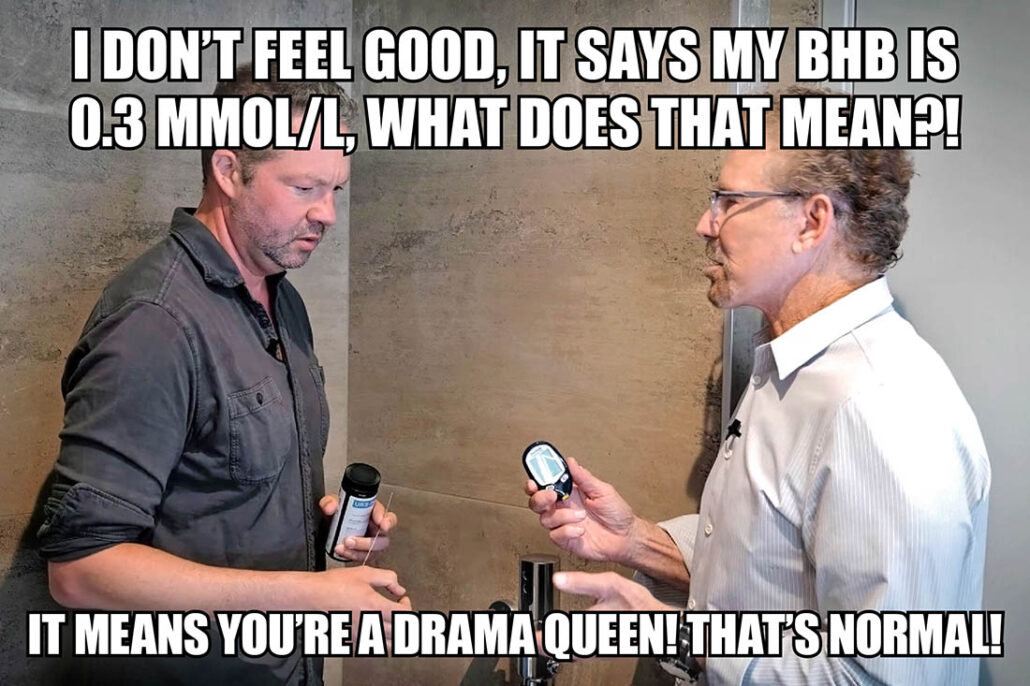
Dr. E’s patient Kathy always kept her glucose levels very very low, as she had the misbelief that her A1c should be below 6. As a result, she had several dangerously low blood sugar episodes requiring emergency medical attention. What does Dr. E suggest?
read more →
